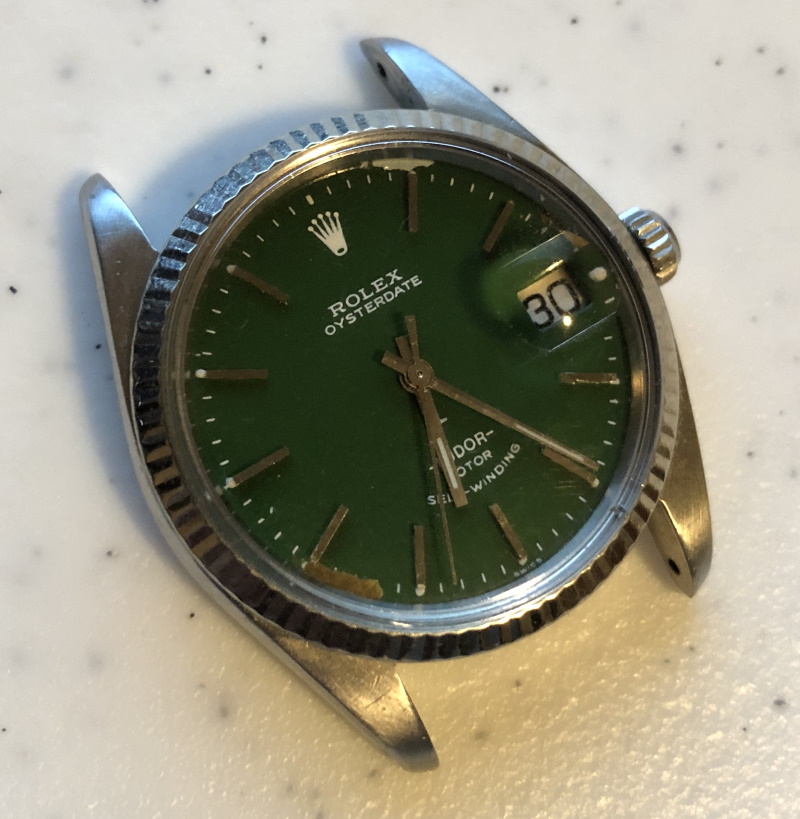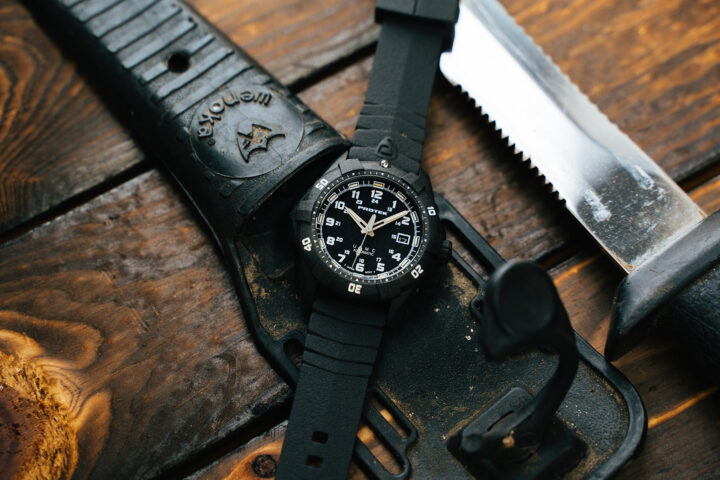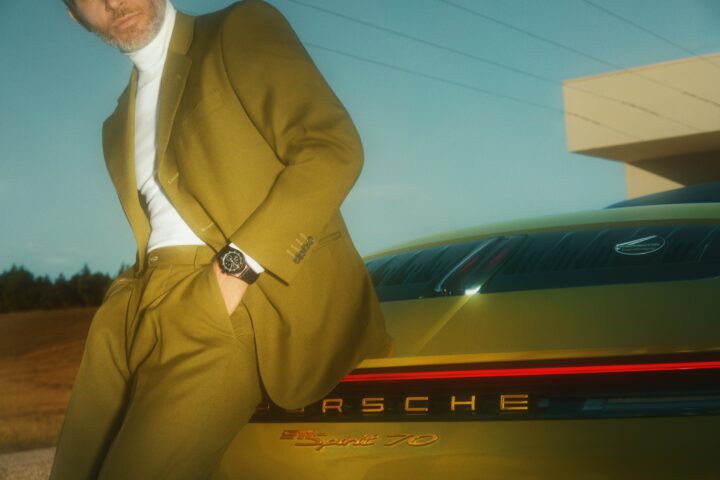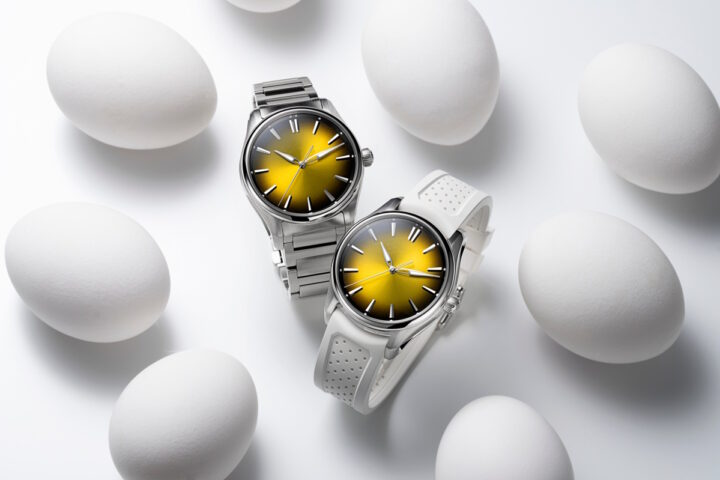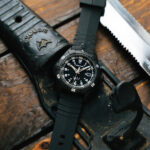by Michael Satterfield – 11/23/2021
You never know what you will find at an estate sale. I was shopping at a yard sale in Southern California a few years ago when a watch caught my eye among one of the tables scattered with costume jewelry, pocket knives, and other knick-knacks. It was a 34mm Rolex marked for $20 with some peeling on the dial and light scratches. It had a Rolex stainless steel bracelet and a Rolex crown, looking closely I could see it had a reference number on the case but it was illegible without removing the bracelet, the seller said he thought it was a replica because, but for just $20 it was worth picking up.
I bought the watch right before a time of transition in my life that would take me to Japan and then see me move from California to Texas. So the little Rolex sat wrapped up in storage for a few years. Recently I started getting deeper into my storage unit as we have gotten closer to completing the restoration of our historic downtown building. I have also been working on getting the Austin Healey out of storage so I can get it back on the road. While I was working on the building in Groesbeck I found a vintage 1974 Bulova Oceanographer that despite sitting in an abandoned and building with a hole in the roof for decades still worked and cleaned up pretty well. Finding the Bulova prompted me to get out my watch tools and the box that housed a number of my other vintage watches, including the little Rolex.
Since I was going to be going through the Bulova anyways, I figured it would be a good time to sort through the box of watches if my Grandfather’s watches that had been sent to me after he passed away and to finally figure out if the Rolex was really Swiss. Sorting through my Grandfather’s watches I found another Bulova Automatic that he had worn back in the late 50s, it was a keeper for sure and the watch I wore at my wedding. The Rolex looked pretty rough, but after removing the bracelet I could finally make out the reference number. 75204 which didn’t match a Rolex Oysterdate like it said on the dial but the number did match the Tudor Prince Date.
The reference and serial numbers date the watch to 1985-1986, this generation of Tudor was fitted with a Rolex case, logo crown, and bracelet clasp. The back of the watch also says “Original Oyster Case by Rolex Geneva.” The watch was in working order with a reliable Calibre 2824 ETA movement that has been used by a number of Swiss watch brands including Breitling, Steinhart, and Tissot. I took the watch to my friends over at David Gardener Jewelers who is a local Tudor retailer to figure out what dial the watch should have come with and apparently there were five different dials offered for this particular reference. But swapping dials were fairly common on these watches since they already had the Rolex branding on them.
Depending on the dial and condition these watches range between $2,000-$2,700 today, so my $20 gamble a few years ago paid off, but mine with a damaged aftermarket Rolex dial wasn’t looking great so I would have to try to track down an original Tudor dial. Restoring a vintage watch is much harder than you might think. Since the vintage market has become so hot manufacturers have been cracking down on people selling aftermarket parts and the online retailers who do sell replacement parts generally have addresses in Southeast Asia. This means hunting around on eBay and Esty for vintage watch parts. With used dials ranging from $55-$500 depending on the style and condition, you better double-check the measurements before you order because just a fraction of a millimeter off means it might not fit.
While I have a fairly extensive collection of vintage watches, this $20 Tudor has been by far my best find, it has also made me stop off and check out estate sales a little more often since you never know what you’ll find. I am still on the hunt for the dial I really want for this watch, but for now, I have a clean classic Tudor for less than $650 and that is hard to beat.



